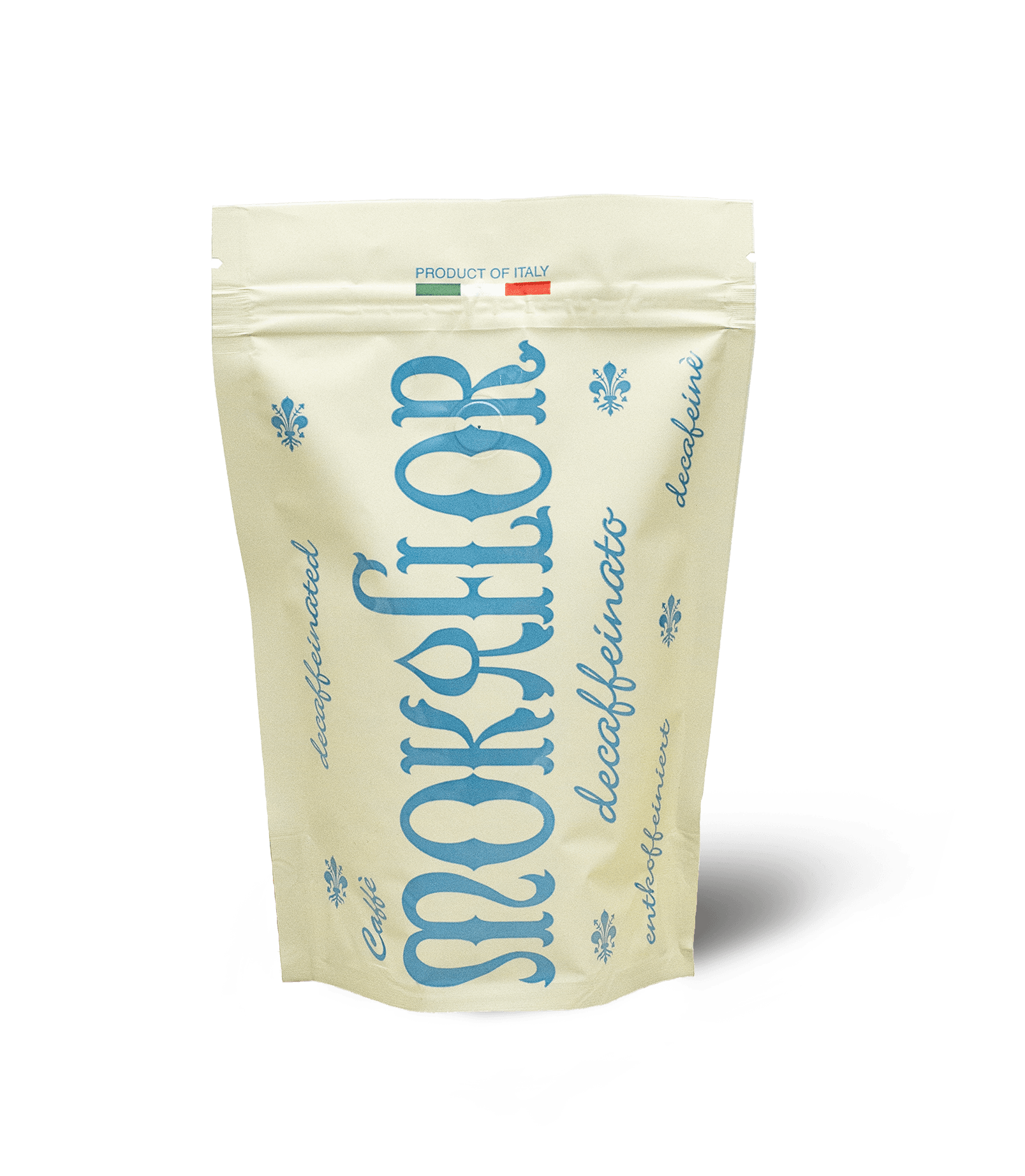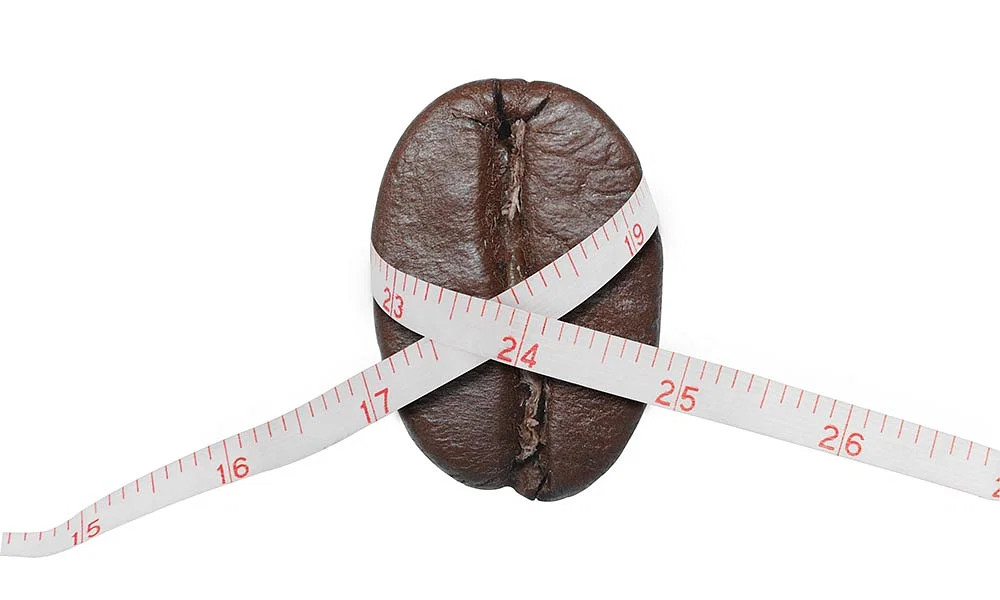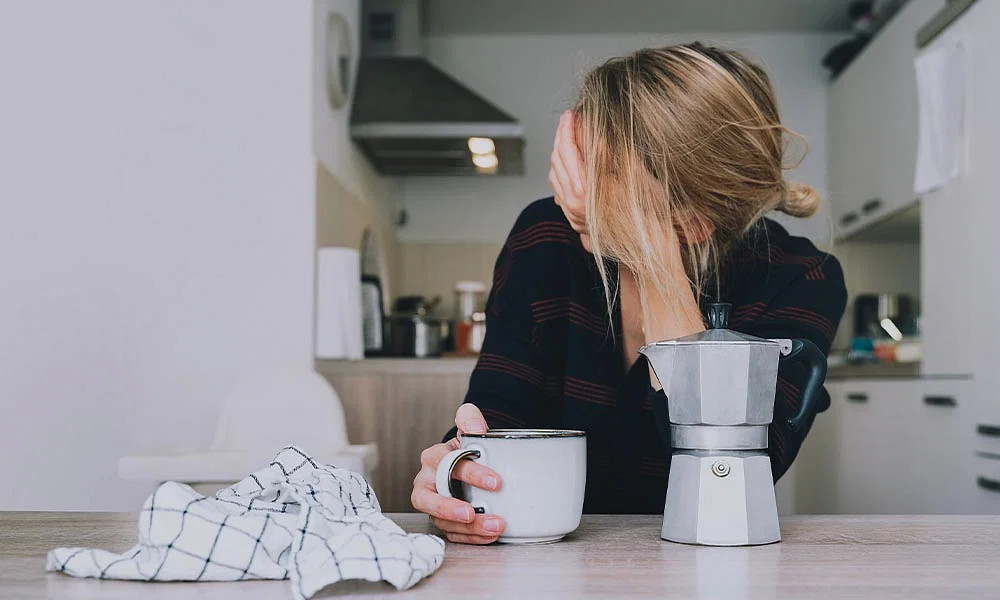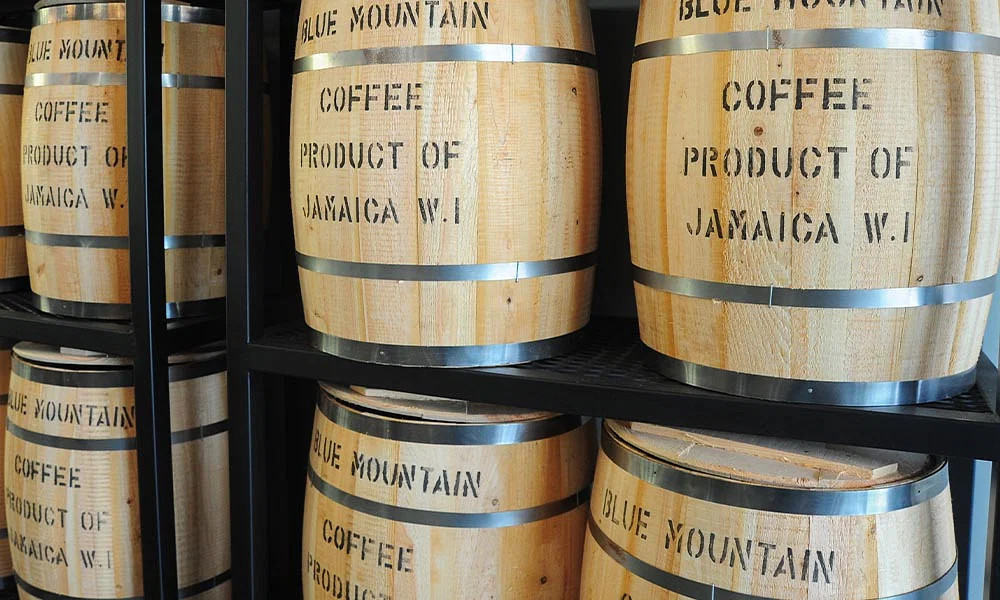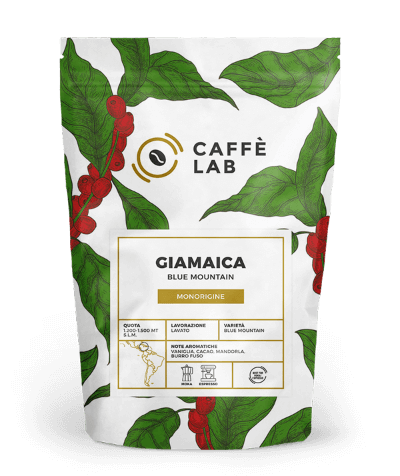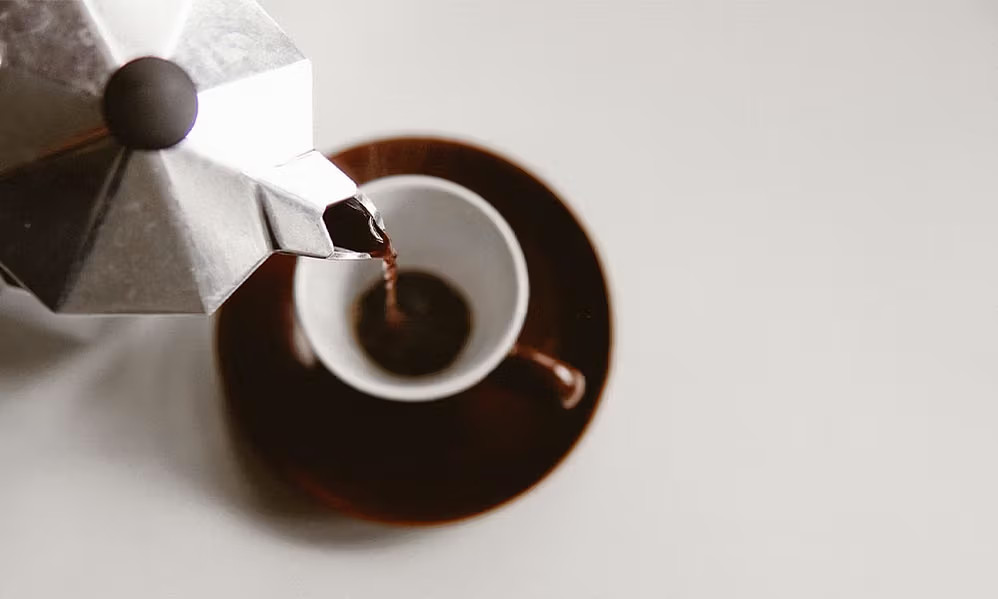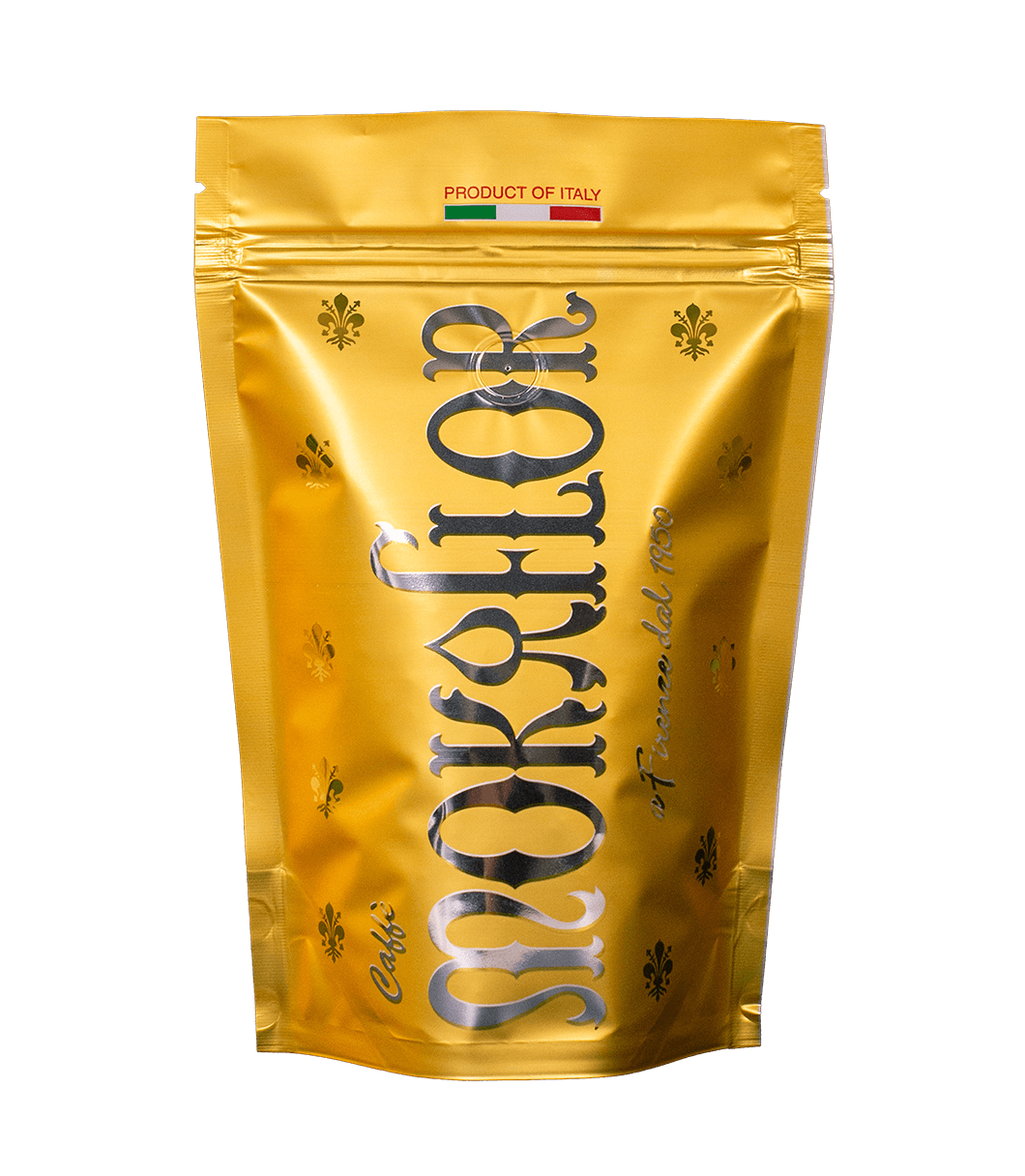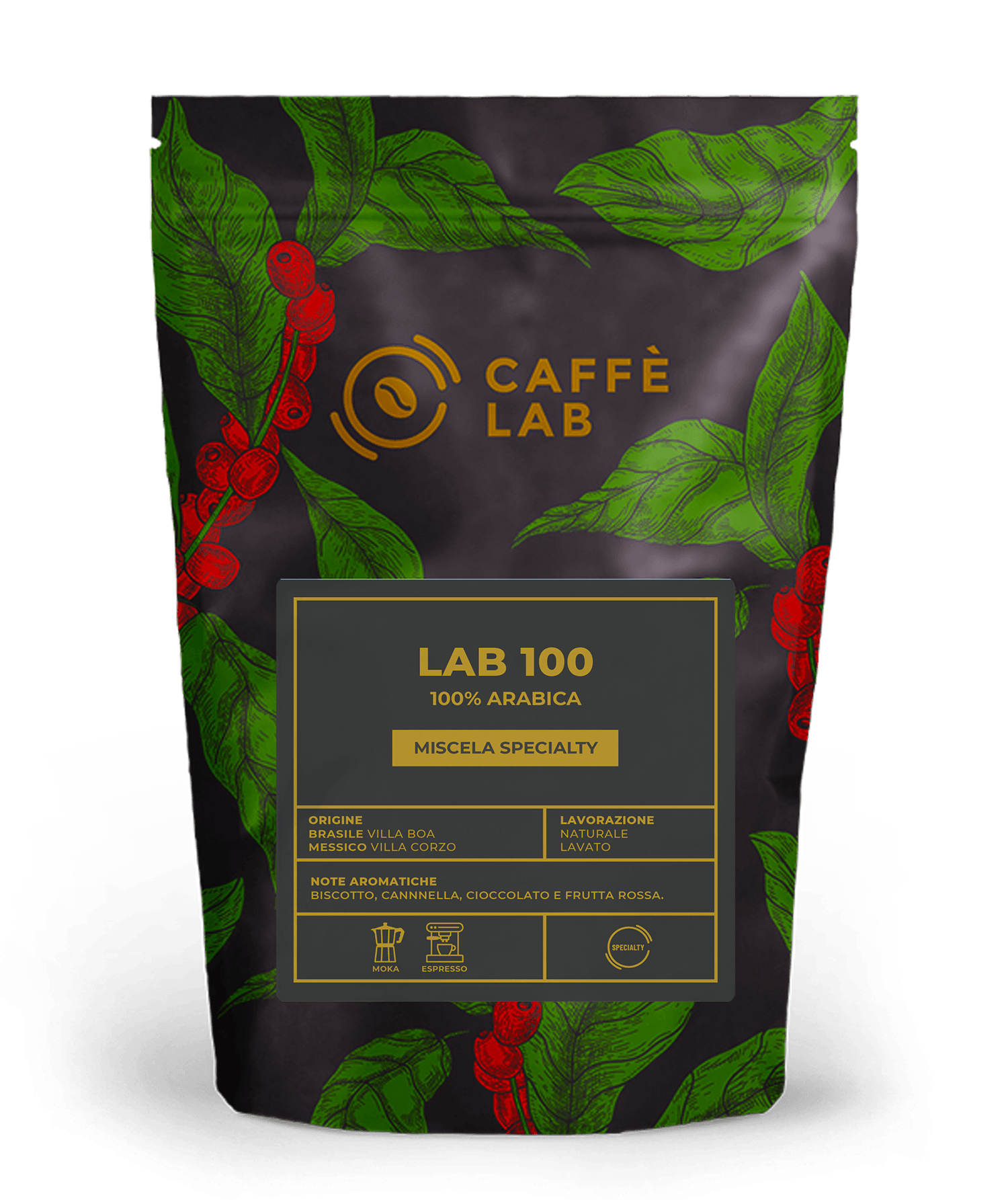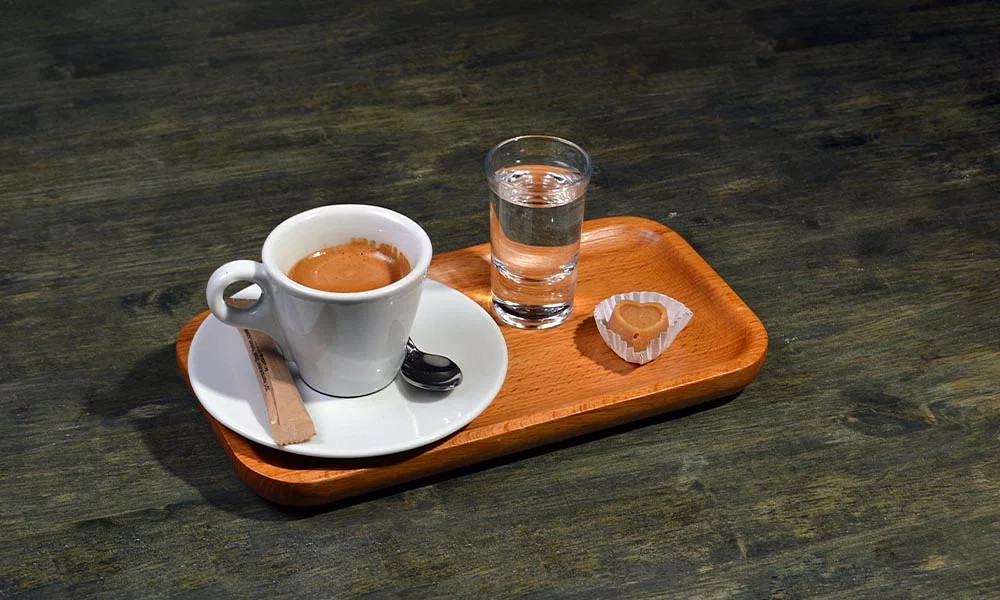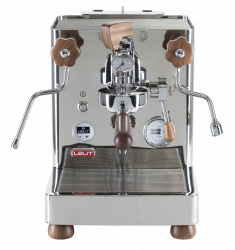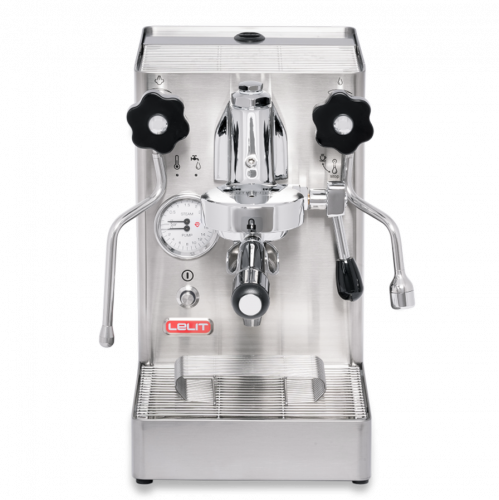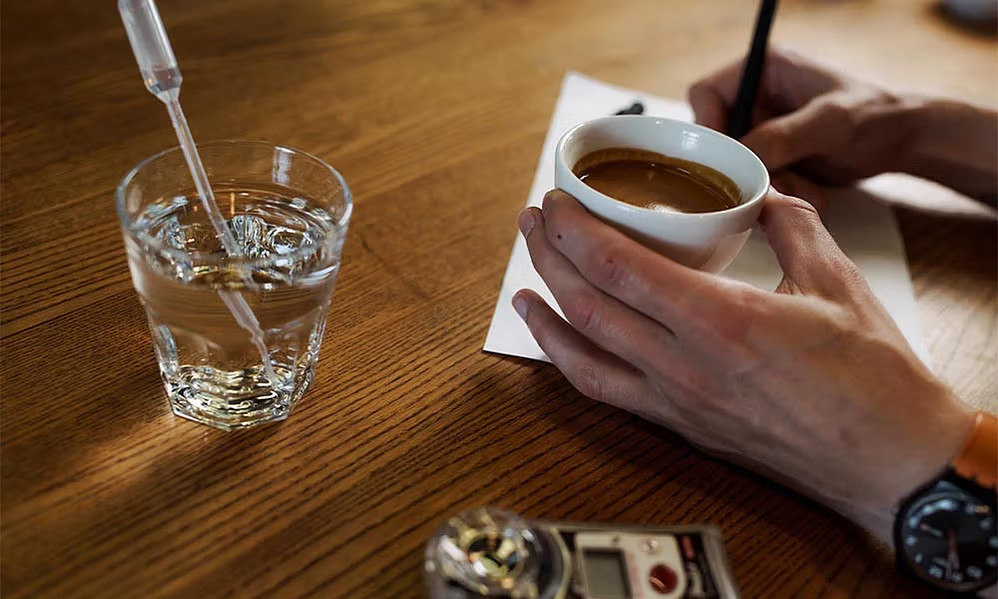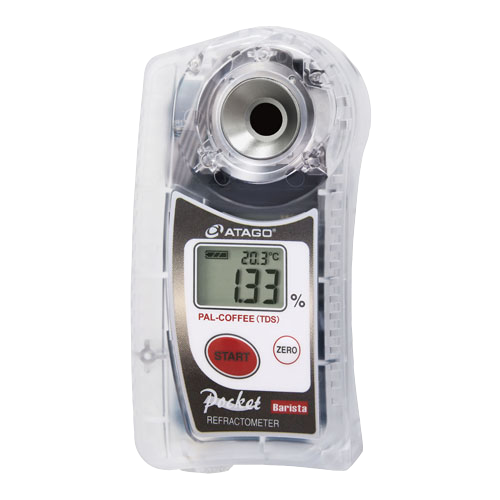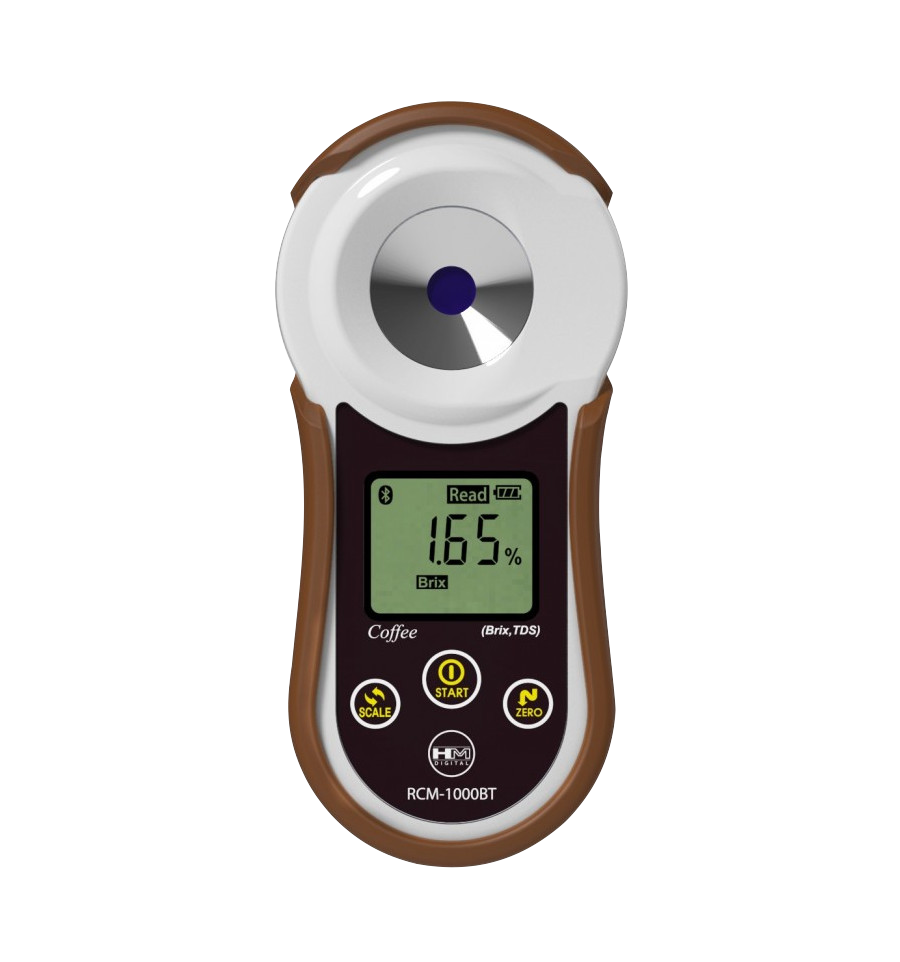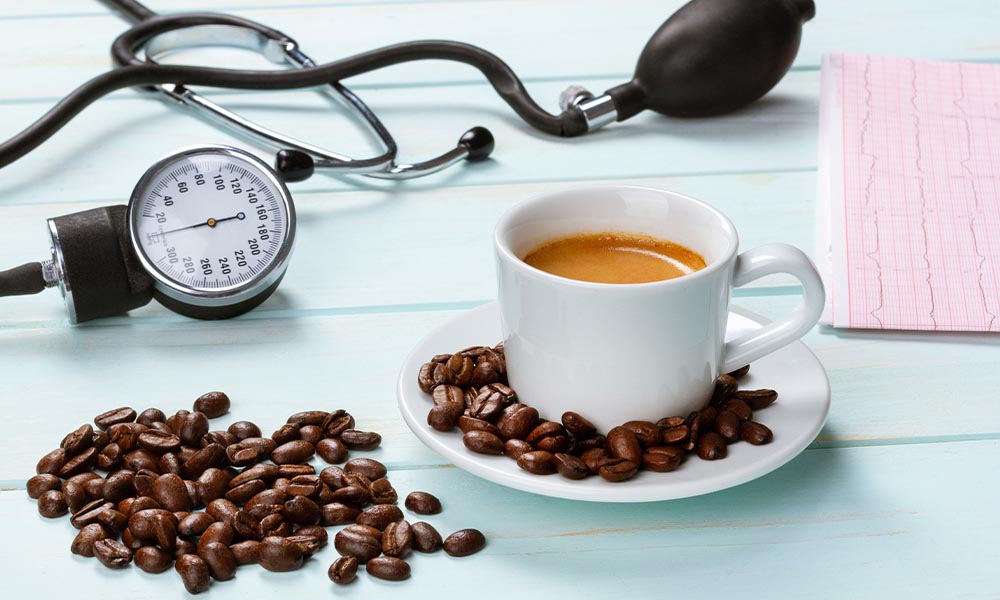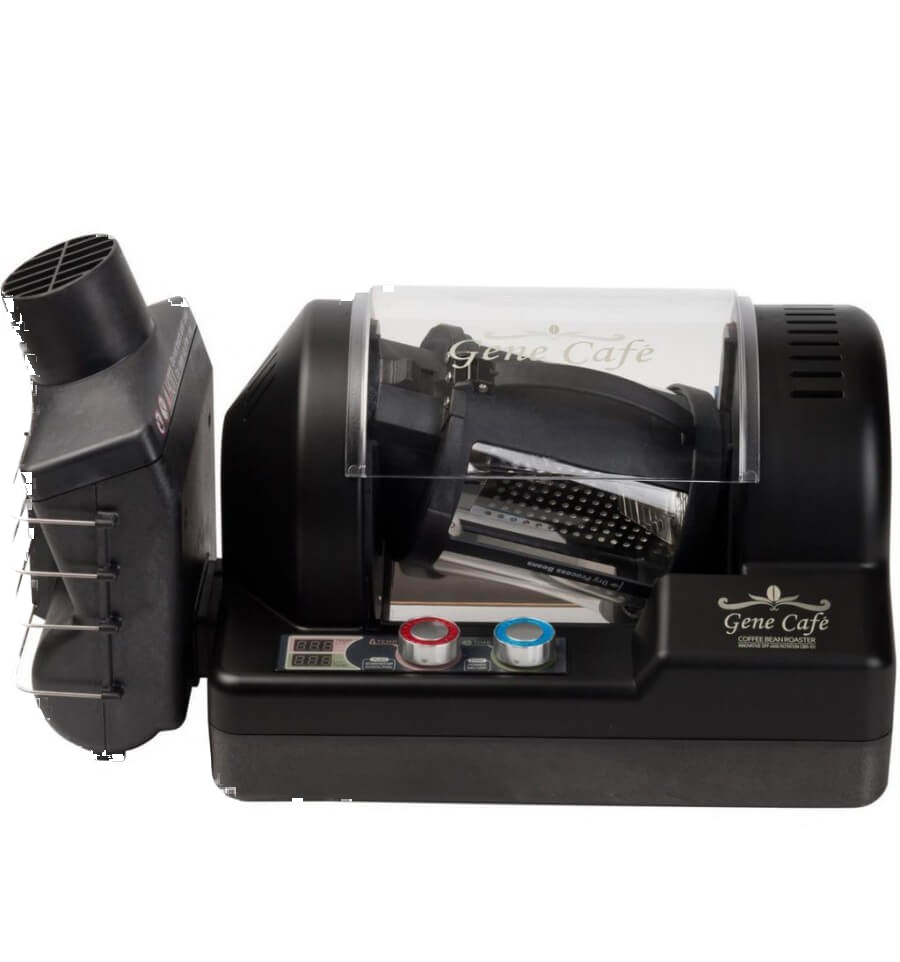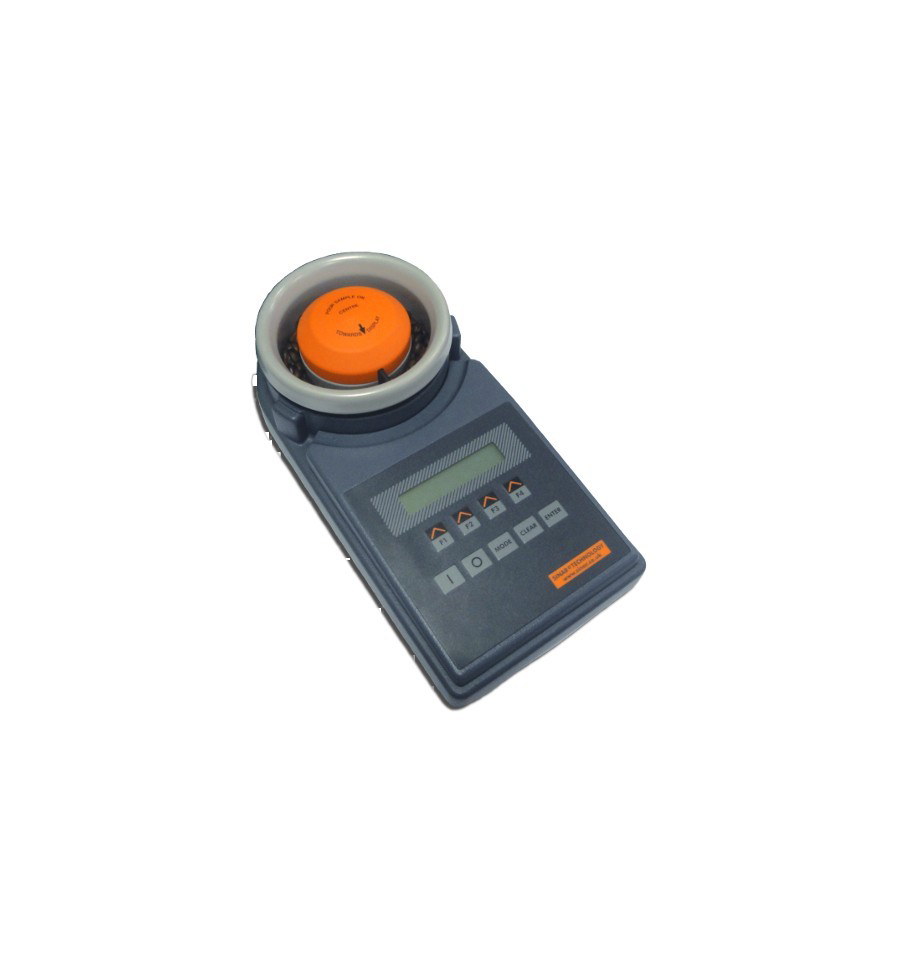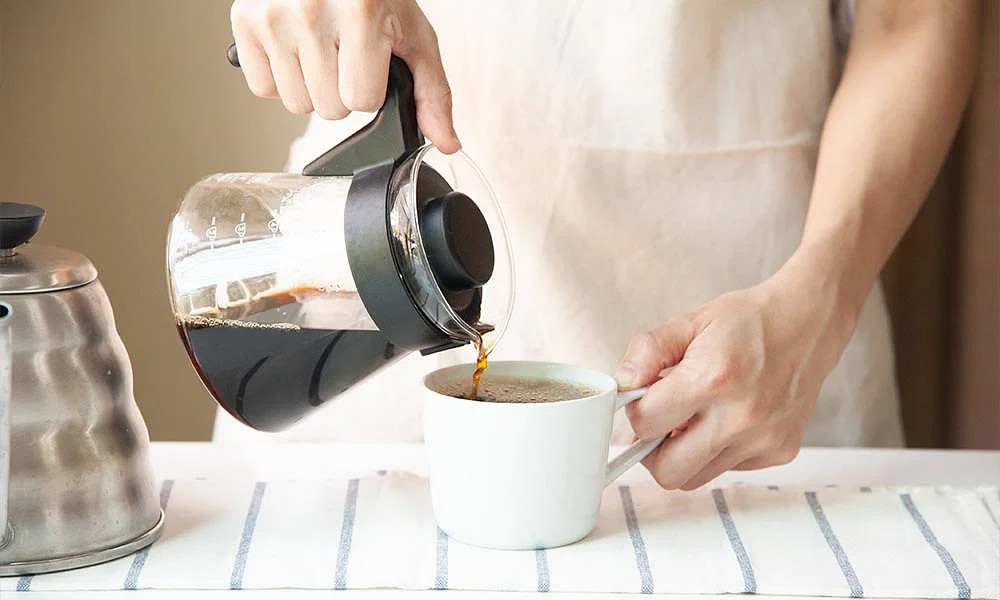
Would you like to know whether decaffeinated coffee is bad for you? Here you’ll find all the information you need for an informed approach to this alternative brew. Decaf coffee is an appealing option for anyone who fancies a cup of coffee without the stimulating effects of caffeine. But is it truly a safe choice? Are there any side-effects or risks linked to drinking it? Below you’ll find an up-to-date scientific overview covering production techniques, chemical composition and potential health implications.
Is decaffeinated coffee really harmful? Key facts at a glance
The term “decaffeinated” refers to a coffee from which caffeine has been removed by specific chemical or physical processes. The beans are treated before roasting to extract caffeine by means such as organic solvents like dichloromethane – still the most common method – or ethyl acetate, often marketed as Sugar Cane decaf because it is derived from sugar-cane fermentation. More recently, advanced technology using super-critical carbon dioxide has come to the fore. Modern methods ensure effective decaffeination without leaving dangerous residues. After treatment, the coffee beans are washed, dried and roasted, meeting European food-safety standards.
Even though it is labelled “decaffeinated”, this coffee still contains a trace of caffeine. US regulations require at least 97 % of the original caffeine in green coffee to be removed before the label “decaffeinated” may be used. European rules produce similar results but specify that residual caffeine must not exceed 0.1 % of the weight of either green or roasted coffee. In practice, an espresso cup may contain anything from 2 to 7 mg of caffeine – a very low dose but still enough to affect particularly sensitive individuals. Nevertheless, decaf coffee retains much of the aroma and many beneficial substances found in regular coffee, offering a drink whose flavour remains pleasantly close to the original.
Chemical solvents in decaf coffee – are they a health hazard?
One of the main concerns about decaf coffee is the use of chemical solvents. In the past there was much discussion about dichloromethane, deemed potentially carcinogenic. Nowadays its use is tightly regulated in Europe and is often replaced by safer methods such as super-critical carbon dioxide. Modern industrial processes remove virtually all solvent residues, and roasting further drives off anything left behind; dichloromethane boils at 39.6 °C, while roasting temperatures reach roughly 190 °C. Laboratory tests confirm that levels found in coffee blends are well below thresholds considered dangerous to human health. What is more, if you choose CaffèLab quality – whether a decaf or a single-origin coffee – the bean’s natural characteristics are preserved along with its benefits.

Decaf coffee isn’t harmful: health benefits
From a nutritional standpoint, decaf coffee differs slightly from its standard counterpart. During caffeine extraction, some bioactive compounds may be reduced or altered. In particular, the amounts of diterpenes such as cafestol and kahweol – linked to benefits for the liver and cardiovascular system – go down. Even so, most polyphenols and antioxidants, including chlorogenic acids, remain unchanged, retaining worthwhile nutritional value and potential protective effects against oxidative stress.
Many scientific studies have shown that decaf coffee can confer health benefits on various groups. It has been associated with a lower risk of type 2 diabetes and has positive effects on liver health, reflected in reduced circulating liver enzymes. Recent research suggests decaf may help protect the cardiovascular system, cutting the likelihood of stroke and heart attack. Observational studies also point to possible preventive action against neurodegenerative diseases, thanks to antioxidant compounds that act on the nervous system.
Although generally well tolerated, decaf coffee can cause discomfort in some sensitive people. For instance, some drinkers experience acid reflux or heartburn, partly due to the polyphenols rather than the caffeine. Irritable-bowel symptoms can likewise be triggered by certain decaf components. In very sensitive individuals, even the small residual caffeine may bring on restlessness or sleep difficulties. During pregnancy, and in those with high blood pressure or heart problems, decaf is still the wiser choice compared with regular coffee – but moderation is essential. Anyone with specific health conditions should always seek personalised medical advice.
Decaf treated with dichloromethane is often also dewaxed, making it more digestible. Waxes may irritate the stomach in sensitive subjects, so removing them renders the coffee gentler for those suffering from gastritis or reflux.
